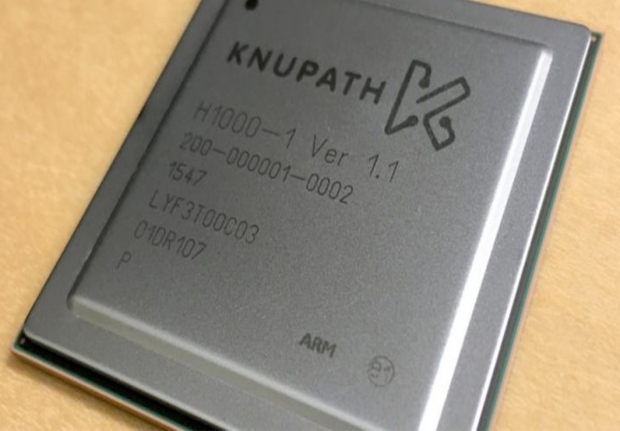He has set up a company called KnuEdge which he claims is the next-generation computer processor and can handle AI functions. Details are thin on the ground and this is the first time the processor has been mentioned.
KnuEdge is based around a Hermosa processor and Knuboard motherboard and it is optimised for artificial intelligence. Banks and insurance companies have already been experimenting with the first versions, using them to sift through massive stores of data more efficiently than existing processors.
Apparently it works with x86 systems as the moment and the next thing is to go to Silicon Valley for more funding from traditional sources.
KnuEdge will be part of a “universe” of products including KnuVerse, an artificial-intelligence-assisted tool that helps identify and clarify voices, even in the noisiest of situations. KnuEdge will come to be the foremost provider of technology for the neural-network-powered artificial brains of the future.
Google, Intel, and AMD all say they want their processors, especially graphics processors, to run the neural networks that underpin artificial intelligence.
Goldin claims KnuEdge is already a generation ahead because it learns the way humans do – by making mistakes. He said he knew that it would take KnuEdge at least a decade to come to any kind of fruition so he was afraid of taking on investors and new hires who were looking for quick payouts.
In the end he hired top-shelf researchers, scientists, and engineers by promising them that they would have all the years they needed to explore their fields, without short-term pressure to make something saleable.
We expect that if the chip's abilities check out we will hear a lot more about it.




